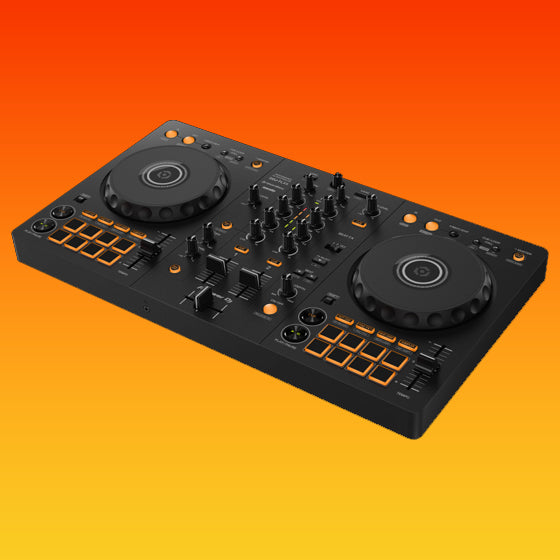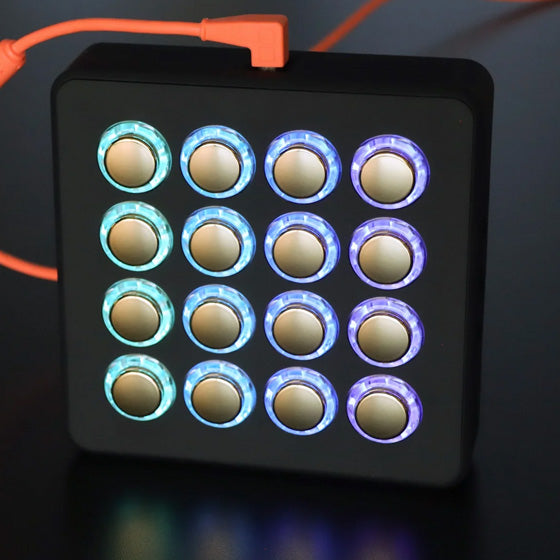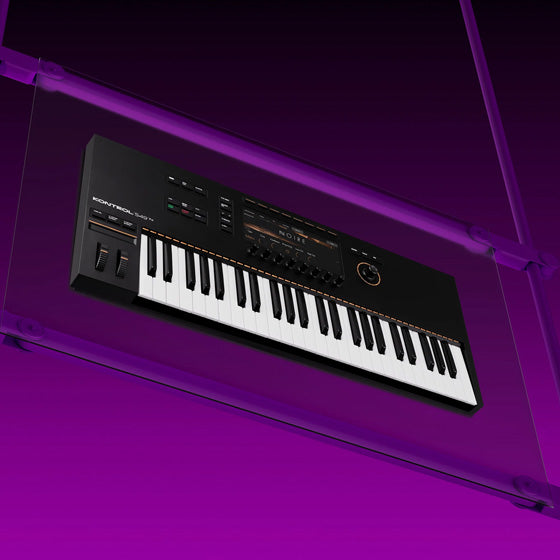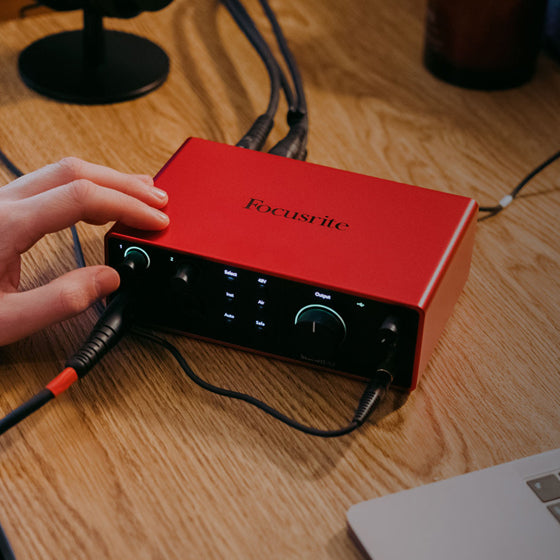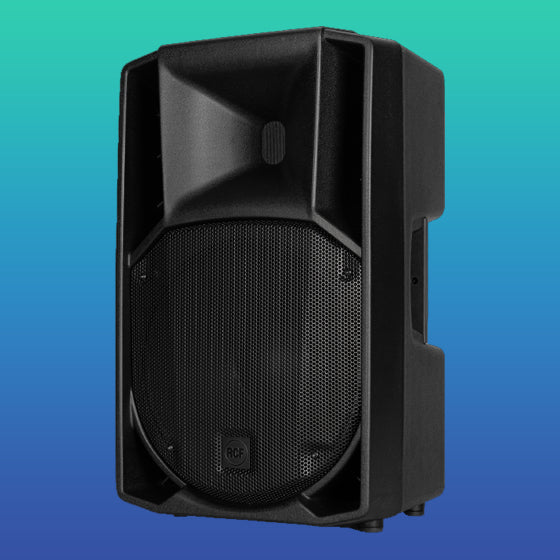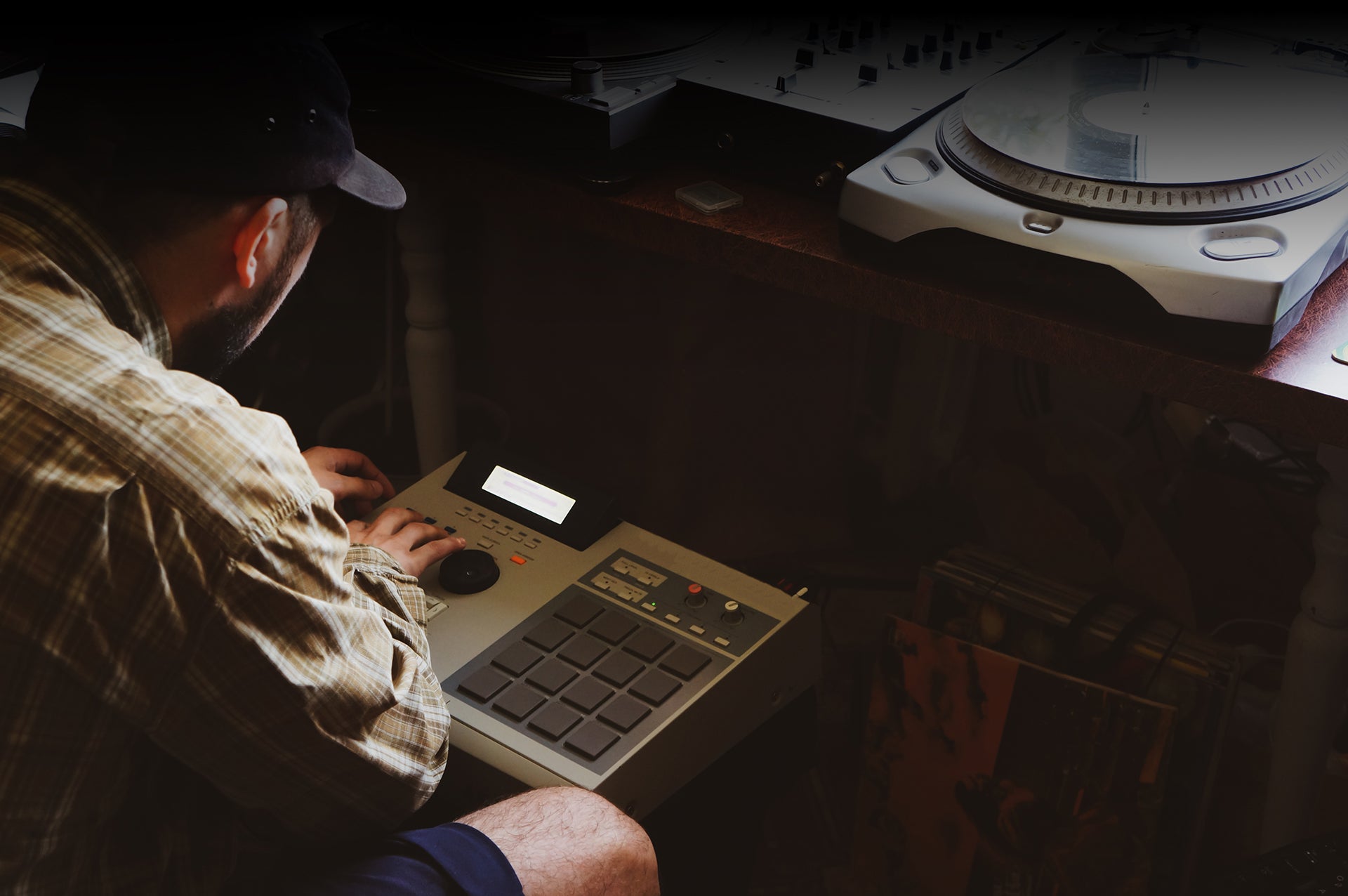Celebrating The Legacy
Akai - 35 Years Of MPC | Part Two
We're back with the second part of our journey down memory lane. To celebrate 35 years of sampling innovation, we decided to choose some of our favourite genres since the late 80s and recreate these sounds using period accurate production techniques. We tried to limit the number of vocal and instrumental samples that we used, creating sample chains in the process as we recycled elements between the genres.
If you missed part one, click the button below to check out the first four genres we covered - house, hip-hop, hardcore rave and jungle.
Expand Your MPC
The Akai MPC range is supplied with some incredible plugins straight out of the box. But, if you’d like additional effects or instruments, the ARM based architecture and networking capabilities allow you to quickly and easily install powerful new plugins with ease.
Here are some of our favourites…
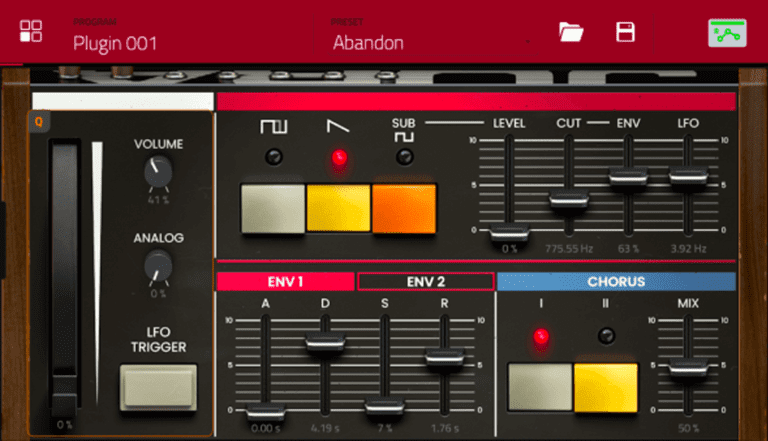
Air Jura
As mentioned earlier, the Jura is modelled on the incredibly versatile Roland Juno 60. Perfect for everything from pads, through to leads, basses and beyond – the Jura also has that classic chorus sound and the chord memory function. At £99, Jura is a steal in our opinion – but if you’re unsure you can demo the plugin before purchase.
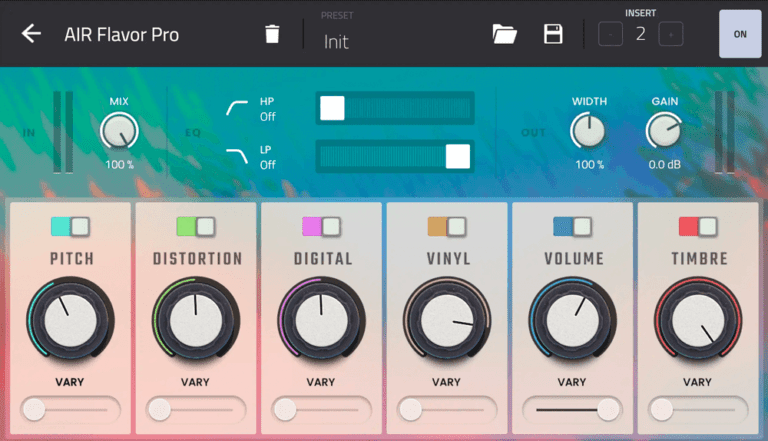
Air Flavor Pro
Described as 30 years of sampling crammed into one plugin, the team at Air are bang on the money! With a wide range of Flavors (sorry) – this incredible tool allows you to colour the sound of everything that passes through it. Need your plugin to sound like it was pulled from vinyl? No problem – Flavor Pro has you covered.
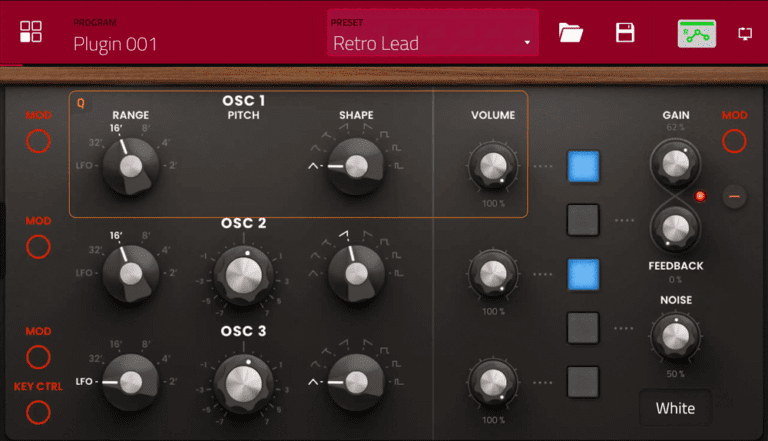
Air Mini D
The Mini D is a powerhouse synth – capable of rumbling basses and powerful leads. Although it was on of the earliest plugin releases for the MPC Range, it still holds its own as an essential if you’re making most forms of electronic dance music.
Early DnB (93-98)
It’s now the mid-nineties and the sampler is still playing a huge part in the sounds that are moving the dancefloors across the world. In the UK, Jungle is beginning to evolve into drum and bass – with Akai’s samplers still at the forefront of the latest musical movement to take the country by storm.
Breaks are now being sliced and while sampling is still a huge part of the creative process, the desire to include live instrumentation (or at least samples of) is driving a change in the sound of the underground in the UK.
Before anybody mentions it in the comments, it’s quite possible that we were going in circles before we laid this track down 😉
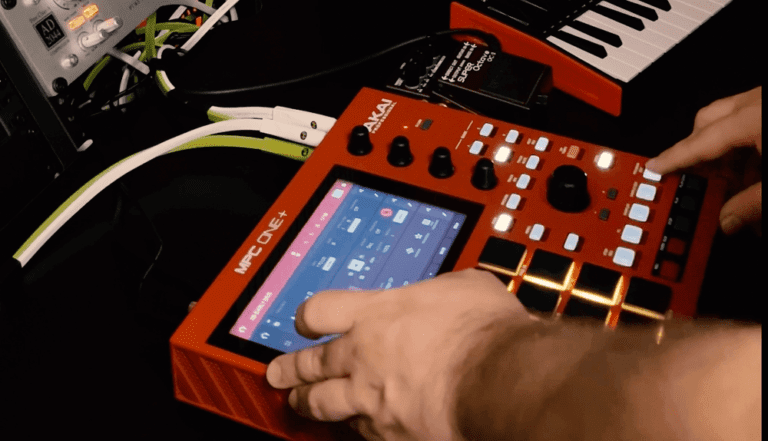
Give Me A Break
In keeping with the production techniques of the time, we’re now chopping our breaks into individual hits and re-sequencing them. This gives us greater control over the feel and quantisation of the drums while also allowing us to choose the pitch at which we play the individual hits.
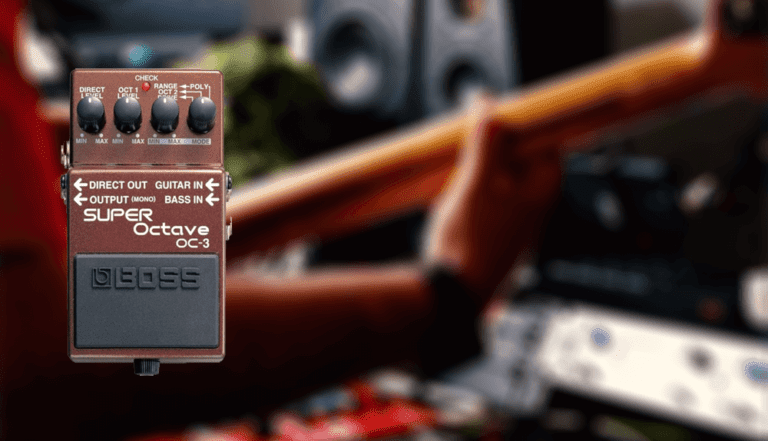
Real Bass
For our bassline we’ve plugged in a bass and played it live! Before connecting the bass to the MPC, we’ve run it through a pedal that’s capable of generating a synthesised tone an octave or two (selectable by the user) below the notes played. This gives a phat sub bass while maintaining the character of the bass guitar.
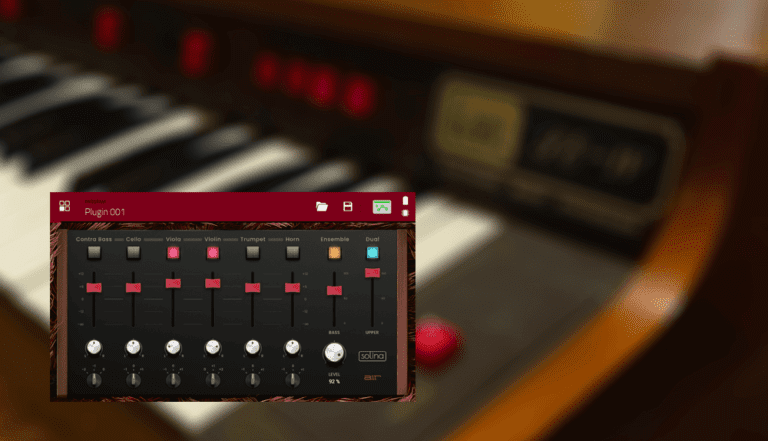
Epic Intro Pt. 1
We’re back on the Solina for the string parts within the intro. Playing lush chords to pad out the frequency range and providing a solid foundation for other music elements. Here the MPC One+ really starts to show just how powerful it is, especially as we begin to add layers and effects.
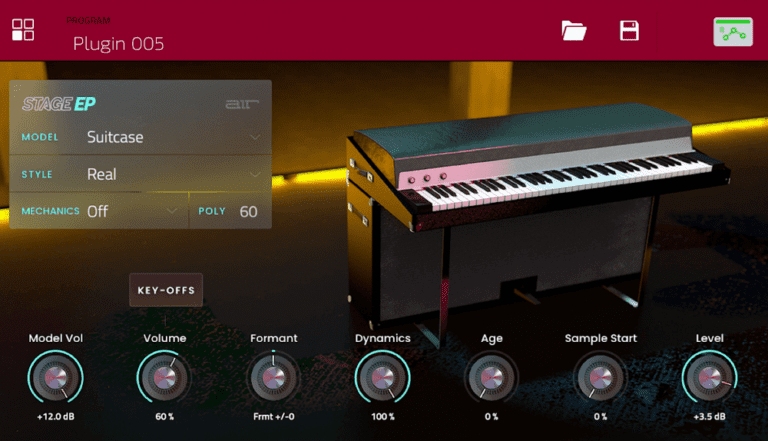
Epic Intro Pt. 2
Next up, we add the Air Stage EP and play some notes which we push through a delay and compressor to add excitement while maintaining control. The suite of effects provided by the MPC offers a stunning amount of options while remaining simple to use and sounding great.
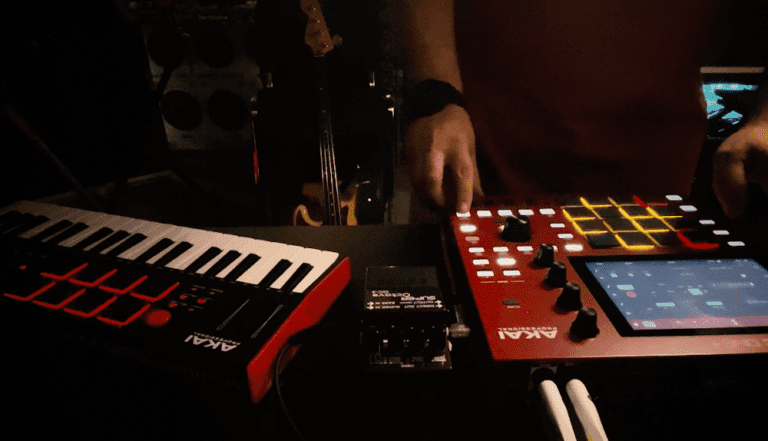
Epic Intro Pt. 3
Time for some creative use of samples. We played a kick drum sample at a lower pitch to give the intro shaker some additional support. We also added some vocals chops – taken from our earlier tracks and then twisted up using the Air effects suite. The final male vocal is once again taken from our Jungle track – giving us another sample chain.
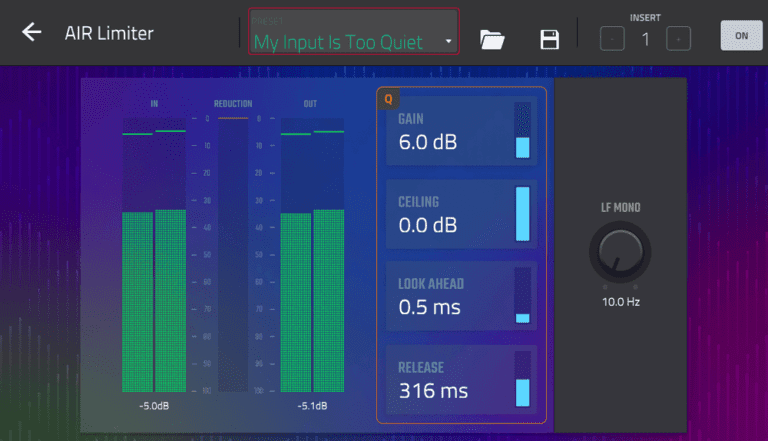
Right At The Limit
We used the Air Limiter to keep our bass levels in check while recording. This processing helped to maintain the focus on the instrument without destroying the dynamics of the live performance.
UK Garage (99-01)
For our next genre, we’re focused on the late 90s and the sound of UK Garage. We moved across to the Akai MPC Key 61 for this track, and made use of the hefty plugin library that is pre-loaded.
Samples were becoming less prevalent by this point in time – with mostly drums and vocals being played from the sampler. Sound modules played a huge part in shaping the sound of UK Garage – with the E-Mu Phatt range supplying everything from bass to guitar, piano, strings and more (there was even a record store named after the legendary Planet Phatt in Caledonian Road).
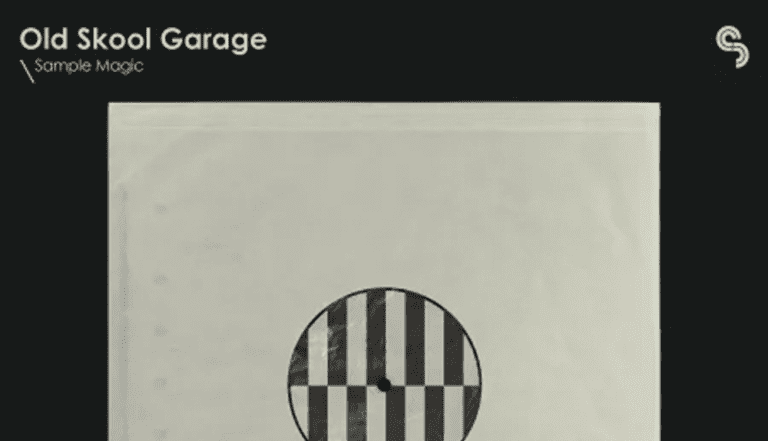
Just Steppin'
Making use of the Splice integration again, we imported some select drum sounds from Sample Magic’s “Old Skool Garage” pack and pitched them to fit. We nudged the drums on the 16th triplet grid to ensure that there was plenty of swing.
There’s a wealth of great garage sample packs over at splice from Nitelife Audio, Test Press and of course Sample Magic.

RnB Vocals
Despite being a hugely vocal led genre, UK Garage had very few original vocalists. Most of the hooks were provided by RnB vocals – usually sampled from US imports ahead of the UK release. This would lead to UKG tracks releasing at the same time as the RnB original – helping to broaden the appeal of the genre. To stay true to the original vocal roots of UKG, we pulled in an RnB vocal and pitched it to nail the vibe.
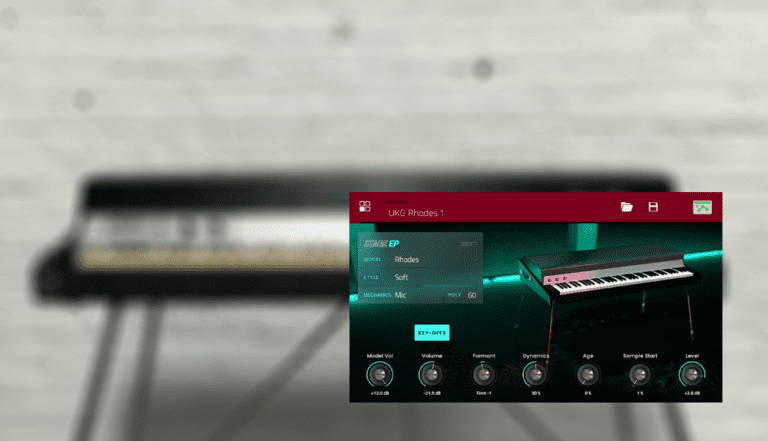
Rhodes Chords
Electric pianos were a huge part of the UK Garage sound, with the Rhodes championed by MJ Cole.
Making use of the full size keybed, we laid down some jazzy chords using the Air Stage EP which is part of the included MPC Key 61 plugin library. We added the Air Phaser and Air Enhancer to increase the movement within the sound and positioned it in the mix with some medium reverb.
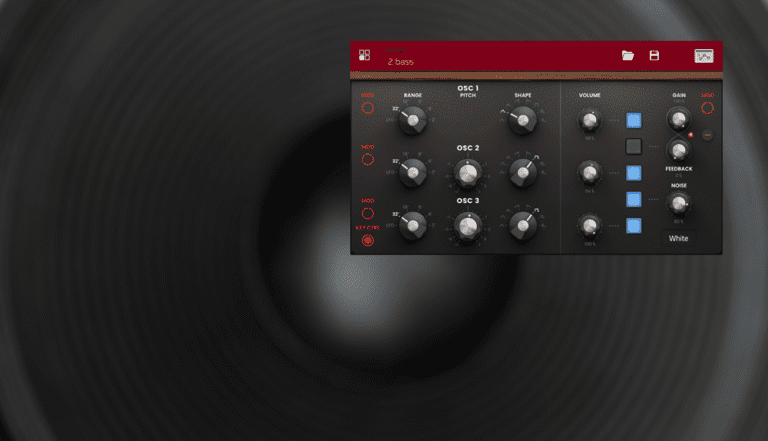
Bumpin' Bass
No UK Garage track is complete without a bumpin’ bassline. We used the Air Mini D for low end duty on after the second drop. Dropping out the other musical elements, and letting the bass become the focus, we added some rolling percussion to create a danceable groove.
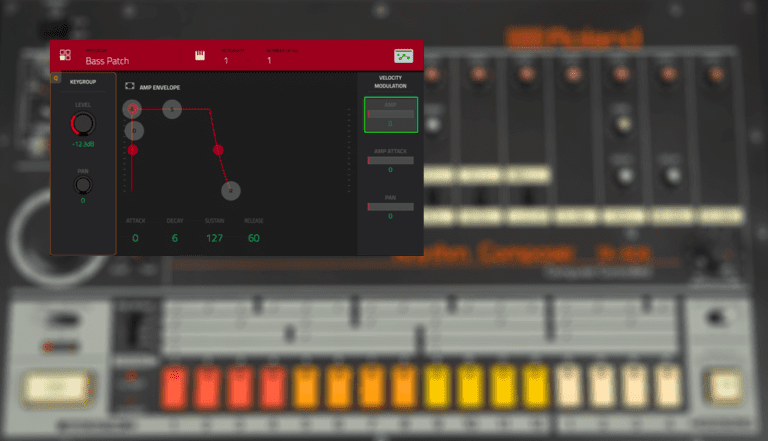
Pitched Kick Drum
To simulate the often used 808 kick drum bass boom we loaded the Akai S950 Test Tone and applied an envelope to modulate the pitch of the sample. With a fast attack and the sustain, decay and release tailored to suit the tempo of the track. You can use any of the MPC range as a sampler thanks to the versatility of the sample playback engine.
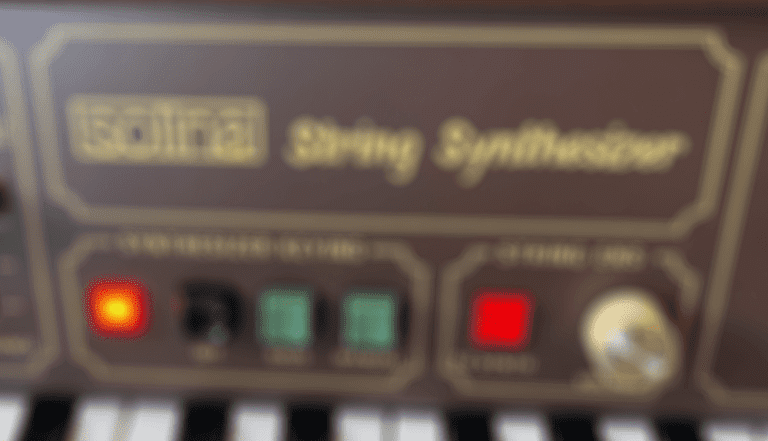
Adding Tension
Before dropping into the vocal, we add the Solina to provide a sustained single note played in the upper octaves to add tension. This classic technique is used throughout house, garage, jungle and drum n bass to great effect.
Noughties Hip Hop (02-03)
If there is one artist who undoubtedly cemented the position of the MPC3000 as one of the instruments for the creation of Hip Hop, it was J Dilla. No trip through the history of the MPC and the genres these units have influenced can be complete without a tribute to an artist who many cite as humanising the legendary Akai units. In keeping with the humanisation approach, we left the drums un-quantised and got to work.
For the most part, we’re back to using the MPC as a sampler. This time, we’re making extensive use of Air Flavor Pro to get that grit for which the MPC3000 is renowned. We have another sample chain, this time created by flipping the soul stack from our Jungle track to create this head nodder!
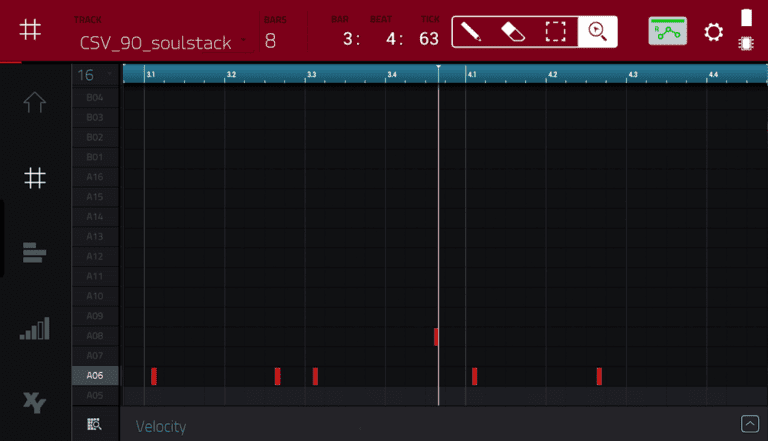
Chop N Slice
The core element for our track is the previously used Soul stack we imported from Splice. We time stretched the sample to fit our tempo and then chopped it on the fly to help us humanise the use of the stack. We placed chops at different points and switched between them to create variations.
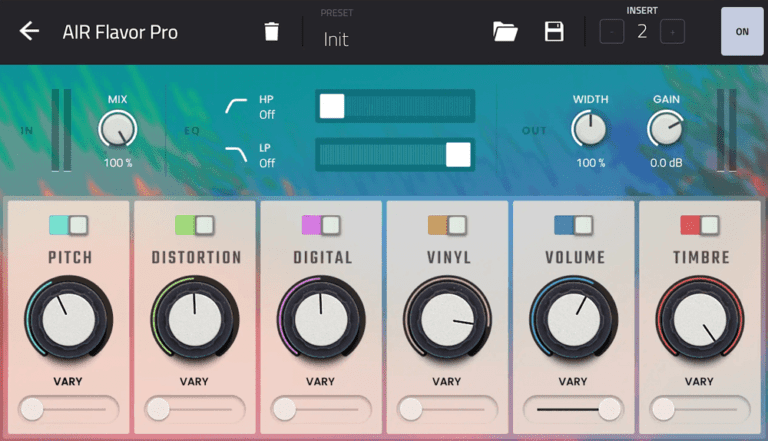
True Grit
If you’re going to make Hip Hop, and then you’re going to try and pull off the sound of the MPC-3000, you need Air Flavor Pro. We used several presets to colour the sound of our track, with the SP1200 used in conjunction with the Decimator plugin to get our Rhodes part to sound authentic.
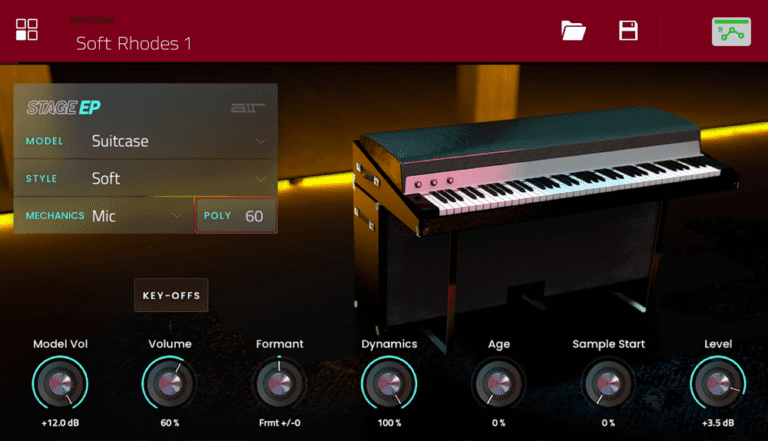
Electric Piano
To add to the vibe of the original sample, we added a Piano line playing some shorter chords. We used this later into the track to add some variation – playing it rhythmically to complement the original soul stack sample.
Noughties RnB (04-05)
For our eighth and final track, we decided to create some early 2000s RnB with a Storch-esque vibe. Making use of the extensive MPC Key 61 plugin library and the essential Splice integration we created this club-style cut.
The Key 61 is used here as both a sampler and workstation – arguably as it was designed. Some elements were played in using the pads, while others were inputted using the full size 61-note keybed.
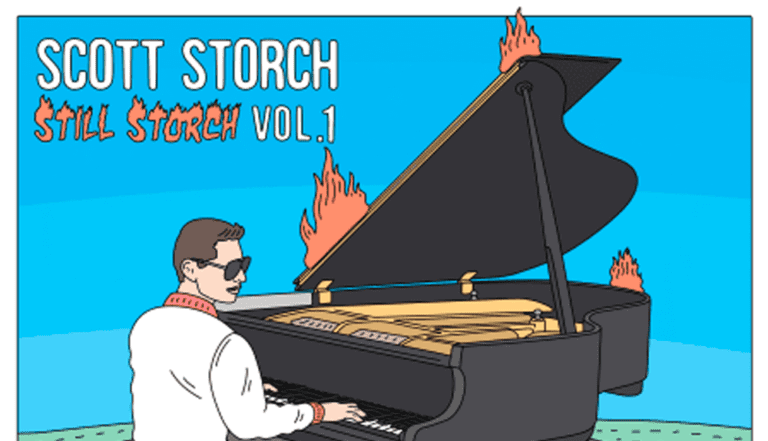
Still Storch
We headed back to Splice to find some drums and stumbled across the Still Storch sample pack. Having found a selection of drums that worked well together, we sequenced these to provide a solid foundation to build the rest of the elements on top of.
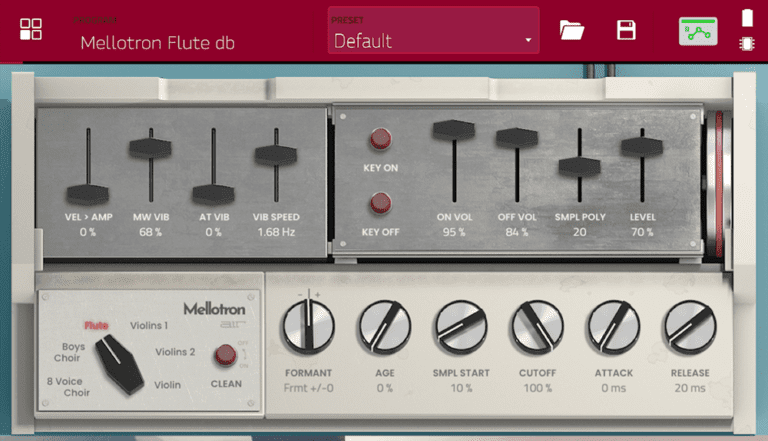
Take The Lead
For our main hook, we used the Air Mellotron – a faithful recreation of the classic Mellotron – which we played live. We decided against quantisation, as the feel of the lead really suited the overall vibe of the track and informed our other choices when it came to instrumentation.
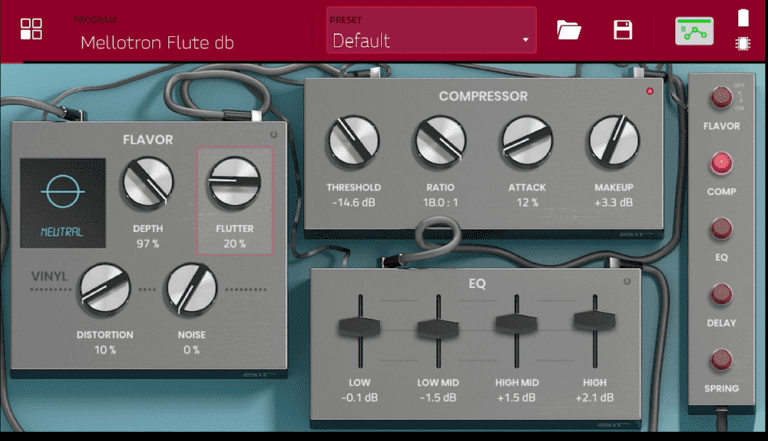
Further Mellotron Processing
The lead is incredibly important – providing the main hook for the track. With this in mind, we used the Parametric EQ, Vintage Compressor and Small Reverb to help sit the part in the mix.
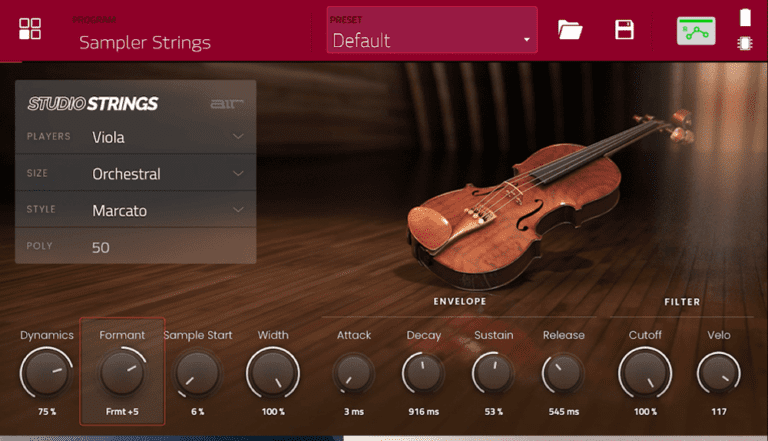
String Stabs
Flexing the workstation muscle of the included Air instruments, we reached for the Air Studio Strings to give us some hard hitting stabs. We processed the stab using the standard Air Flavor, EQ and some reverb to place them in the mix.
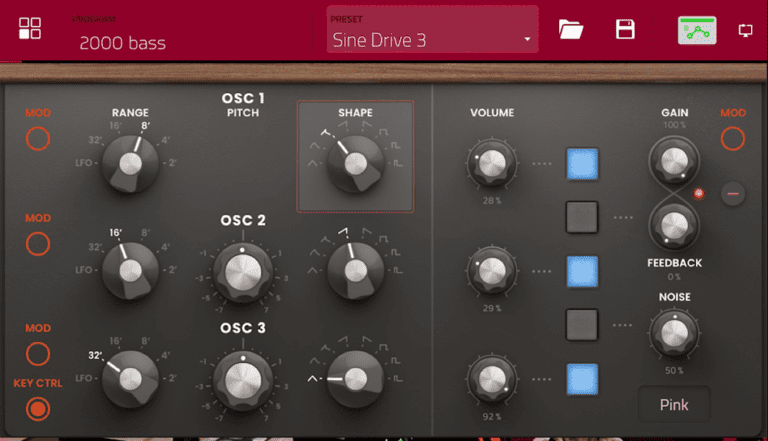
More Mini D Bass
As has often been the case, we returned to the Air Mini D for bass duties. It’s easy to see why we rate this synth so highly – it’s versatility makes it one of the most well-rounded instruments in the MPC expansion shop and one that’s worthy of a demo.
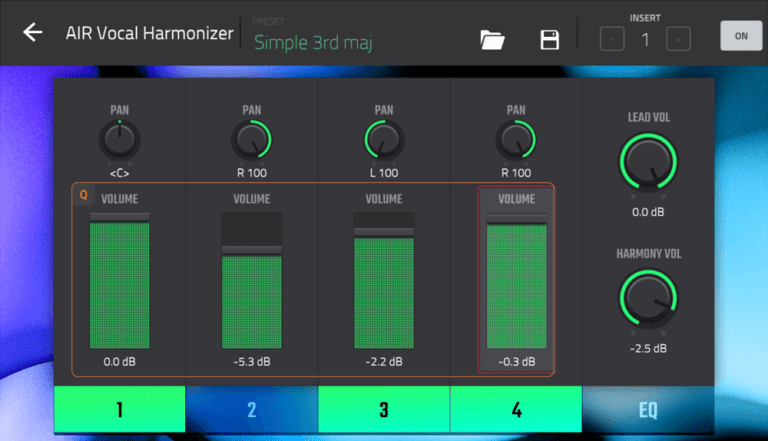
Vocal Processing
We needed a vocal, so we hit Splice (no surprise there) and downloaded another acapella part from 91Vocals. We pitch-shifted this to fit the key of the track and used the Air Vocal Harmonizer to add a harmony at the interval of a 5th above.
We’ve reached the end of our trip down memory lane. If ever proof was needed that the new ARM based Akai MPCs can deliver all of the production power needed to make complete tracks then this has definitely been it! If you’d like to compare the complete Akai MPC range click here or you can drop into either of our branches to get hands on with MPC…
Please note, the Akai MPC Live II was not available during the production of this content.
All tracks were written, produced and performed by Dan Bond using only the MPC-X SE, MPC One+ and MPC Key 61 – Dan had never used an MPC before embarking on this project!
We’d like to thank the team at inMusic UK (Andy Mac, Maddie and Toby) for their support with this content.


